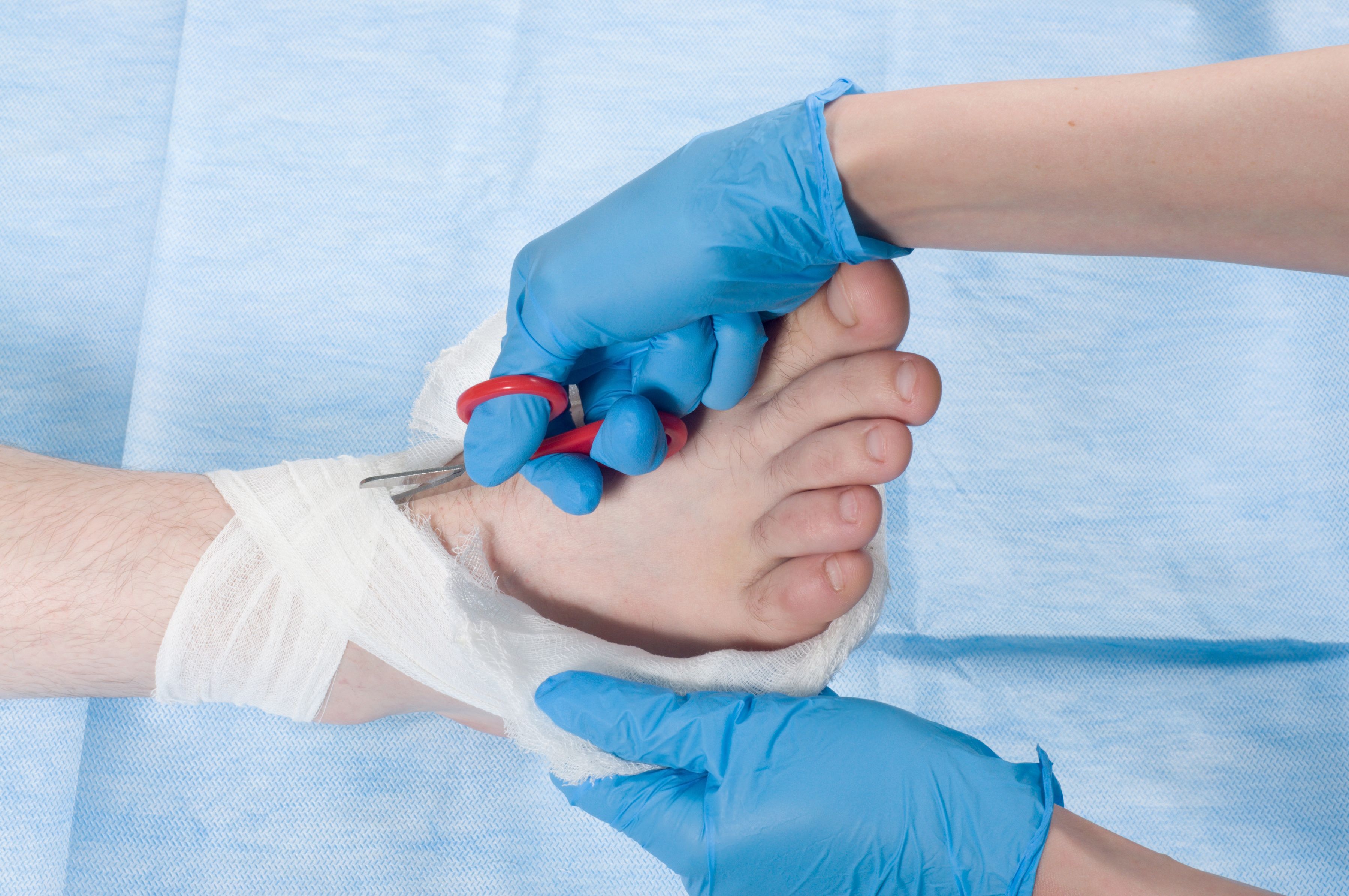- Acne
- Actinic Keratosis
- Aesthetics
- Alopecia
- Atopic Dermatitis
- Buy-and-Bill
- COVID-19
- Case-Based Roundtable
- Chronic Hand Eczema
- Chronic Spontaneous Urticaria
- Drug Watch
- Eczema
- General Dermatology
- Hidradenitis Suppurativa
- Melasma
- NP and PA
- Pediatric Dermatology
- Pigmentary Disorders
- Practice Management
- Precision Medicine and Biologics
- Prurigo Nodularis
- Psoriasis
- Psoriatic Arthritis
- Rare Disease
- Rosacea
- Skin Cancer
- Vitiligo
- Wound Care
Article
Electric Stimulation Found to Accelerate Chronic Wound Healing
Author(s):
Researchers also investigated how electric stimulation could be used to speed up wound healing in connection with diabetes, which affects wound healing due to impaired circulation and nerve damage.
Researchers from Chalmers Institute of Technology (CTH), in Gothenburg, Sweden, and the University of Freiburg in Freiburg im Breisgau, Baden-Württemberg, Germany, have developed a method using electric stimulation to speed up the healing process.1
ctpaep/AdobeStock

Using an old hypothesis that electric stimulation of damaged skin can be used to heal wounds, the researchers investigated how this principle can be used to guide cells to make wounds heal quicker. They used a miniature engineered chip to compare wound healing in artificial skin, stimulating 1 wound with a low electric field (200 mV/mm ) and letting another one heal without electricity. The artificial skin stimulated with electric current healed 3 times faster than the skin that healed naturally and did not have a negative impact on the cells.
This specific study focused on wound healing in connection with diabetes, which is a growing problem worldwide. According to the World Health Organization (WHO), and the International Diabetes Federation, 1 in 11 adults have some form of diabetes. Diabetic patients have a 15–25% lifetime risk of developing diabetic foot ulcers, of which 40–80% become so severely infected it involves the bone, leading to osteomyelitis. 2
The research project began in 2018 and is funded by the European Research Council (ERC). The Chalmers researchers recently received a large grant which will allow them to continue their research in the field, and in the long run, enable the development of wound healing products for consumers on the market. Investigators stated that more basic research is required to develop effective products that generate enough electric field strength and can stimulate in the right way for each individual patient.
Maria Asplund, Associate Professor of Bioelectronics at Chalmers University of Technology and head of research on the project stated “We are convinced that this is the key to effectively helping individuals with slow-healing wounds in the future”.
A recent article in Dermatology Times® revealed that successful wound treatment currently costs more than $50 billion per year to attain in the United States alone. Medicare alone spends between $28 billion and $97 billion per year on managing acute and chronic wounds, with the surgical care of wounds in the elderly, diabetics, and obese patients making up the largest share of this cost.
References
1. Shaner S, Savelyeva A, Kvartuh A, et al. Bioelectronic microfluidic wound healing: a platform for investigating direct current stimulation of injured cell collectives. Lab Chip. 2023;23(6):1531-1546. doi: 10.1039/D2LC01045C
2. Spampinato SF, Caruso GI, De Pasquale R, et al. The Treatment of Impaired Wound Healing in Diabetes: Looking among Old Drugs. Pharmaceuticals (Basel). 2020 Apr 1;13(4):60. doi: 10.3390/ph13040060
Newsletter
Like what you’re reading? Subscribe to Dermatology Times for weekly updates on therapies, innovations, and real-world practice tips.








